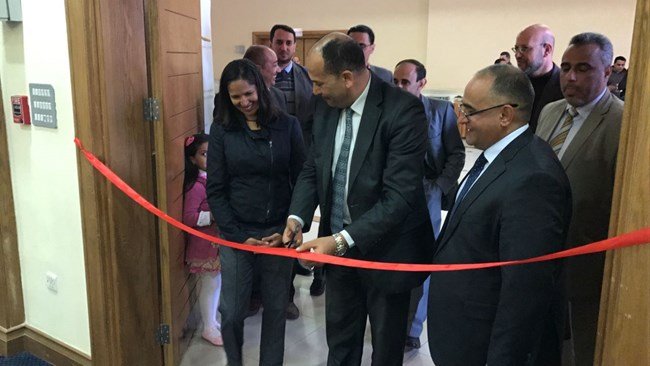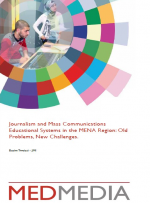Image:

08 Apr 2017
Maan -- Acting Maan Governor Dr. Bilal al-Nsour inaugurated the media exhibition "The World Wakes Up to the Great Arab Revolt" at the Prince Al Hussein bin Abdullah II Cultural Center today, Sunday. The exhibition is organized by the Jordan Media Institute (JMI), in cooperation with the U.S. Embassy. It comprises portraits from U.S. and Arabic media sources, some of which are on display for the first time. <br />
<br />
Her Royal Highness Princess Rym Ali, founder of the JMI, inaugurated the main exhibition at the Greater Amman Municipality Gallery on 21 March. It lasted eight days. The exhibition was also held in Mafraq Governorate, Jordanian Culture City 2017.<br />
<br />
The five-day exhibition comprises around 500 portraits in four sections: The collection of the pictures of American journalist and photographer Lowell Thomas (1892-1981) of the Great Arab Revolt, the U.S. press coverage of the events of the Great Arab Revolt, the Great Arab Revolt in the Arabic press, and the emergence of the Jordanian state in the press. <br />
<br />
JMI Dean Dr. Basim Tweissi said: We have brought this exhibition to the Maan Governorate, which recorded an epic of heroism during the course of the Great Arab Revolt. The victory over Turkish protectorates in Maan and the areas around it paved the way for the forces of the Great Arab Revolt to continue to advance in different directions in Bilad al-Sham (Greater Syria). He highlighted the eagerness of Al Sharif Hussein bin Ali, commander of the Great Arab Revolt, to honor his men and immortalize their victory by issuing his noble order to grant the Maan Medal to those free men. A law was enacted for this medal and its arrangements and entitlements.<br />
<br />
He pointed out that the exhibition was the culmination of efforts that lasted around a year to document the media legacy of the Great Arab Revolt from U.S. and Arabic media sources. He affirmed that the Great Arab Revolt embodied the Arab renaissance movement. The principles and values advocated by it created a state of political moderation, acceptance of human rights, respect for pluralism, and pursuit of the right to self-determination. It raised the slogan of seeking independence and better life. <br />
<br />
For her part, Ragini Gupta, cultural and media counselor at the U.S. Embassy, said that the exhibition, which comprises the pictures taken by American journalist and writer Lowell Thomas while covering the events of the Great Arab Revolt and its Hashemite and Arab leaders, besides the Jordanian environment and nature at the time, gives a unique glimpse of the Arab struggle for independence and freedom. <br />
<br />
Gupta added that the exhibition reflected the sentiments of the American people through the way in which the U.S. media covered the struggle of the Arabs for freedom and human dignity. It confirms the deep ties between the United States and Jordan, which began during that era and became today one of the most important strategic friendships of the United States.<br />
<br />
The attendees toured the main sections of the exhibition, which include a number of collections: The collection of the commanders and figures of the Great Arab Revolt; the collection of the Revolt forces and military operations, which shows meetings of commanders of regular and irregular armies; the collection of land and people, which shows the influence and power of personalities inhabiting a natural environment; the personal photo collection of Lowell Thomas, which he took in Jordan, Palestine, Egypt, Syria, and Lebanon; the collection of miscellaneous photos, which documents different aspects in urban, Bedouin, and rural areas in the region; and the collection of U.S. press coverage of the events of the Great Arab Revolt and its repercussions, which appeared in 20 periodicals. <br />
<br />



